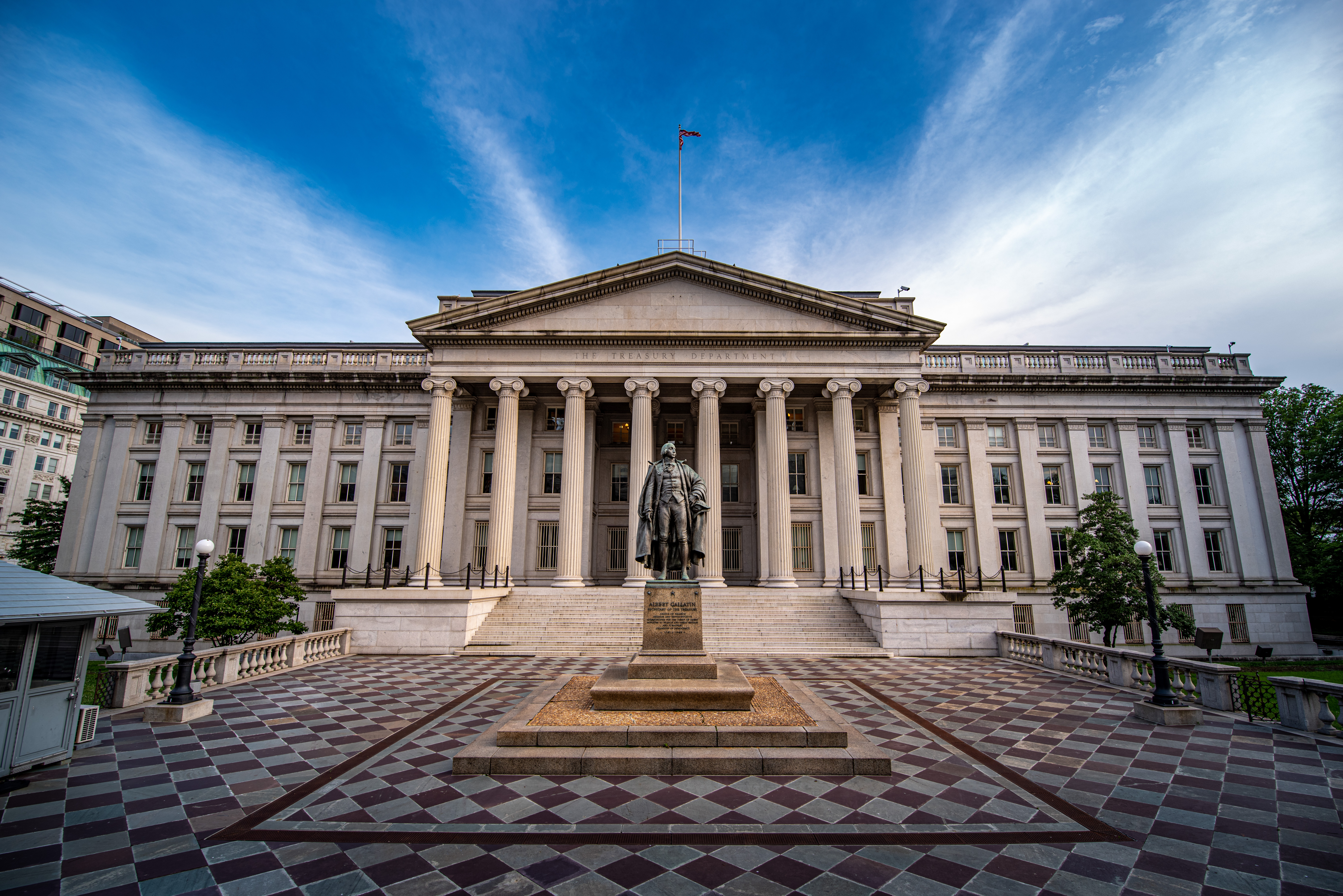The Federal Reserve’s balance sheet took a serious dip, dropping by $66 billion in September. It now stands at $7.05 trillion, the lowest it’s been since 2020.
Since April 2022, the Fed has aggressively trimmed down its assets, cutting $1.92 trillion from its portfolio. This slash represents 40% of the $4.80 trillion the Fed accumulated during the pandemic stimulus spree between 2020 and 2022.
For the first time ever, the Fed is both cutting its balance sheet and lowering interest rates simultaneously. That’s pretty wild. Check out our comparison with other top central banks:-

Inflation data shows progress
At the September meeting, Fed Chair Jerome Powell confirmed that balance sheet reductions aren’t going to stop anytime soon. He emphasized that it will take years to reverse the massive stimulus response from the pandemic.
Powell’s message was clear: expect more cuts. The Fed is staying on course, and there’s no backing down from unwinding the pandemic-era policies that bloated the balance sheet to historic levels.
This week’s inflation data shows the Fed may finally be getting close to its goal. Fresh off a dramatic interest rate cut just weeks ago, inflation figures for September were pretty much on target.
The consumer and producer price indexes hit near-expectations, hinting that inflation is heading toward the Fed’s desired 2% target.
Economists at Goldman Sachs are already calling it. They’re betting that the Commerce Department’s personal consumption expenditures (PCE) index for September will show a 12-month inflation rate of 2.04% when it’s released later this month.
If Goldman’s numbers hold up, that 2.04% could be rounded down to 2%. That would put inflation squarely in line with the Fed’s long-standing 2% goal.
It’s been more than two years since inflation shot up to levels not seen in 40 years, sparking a relentless round of interest rate hikes.
The PCE index is the Fed’s preferred inflation gauge, and while it looks at a range of data, the PCE plays a key role in its decision-making process. The central bank’s officials seem pleased with the overall trajectory of inflation.
“The trend over the last 12 to 18 months clearly shows inflation cooling, and the job market is nearing a level that we think is full employment,” Chicago Fed President Austan Goolsbee said. According to him, they want inflation and employment to hold at their current levels.
Powell spoke on the rent situation at a recent event, predicting that housing inflation will continue to come down. “Broader economic conditions are setting the stage for further disinflation,” he said.
Despite these concerns, futures traders are almost certain that the Fed will cut rates by a quarter point in both November and December.
Markets are betting heavily on this, with the CME FedWatch tool showing a 91% chance of a rate cut at the next meeting.
Dollar remains steady
As all this unfolds, the U.S. dollar has remained flat against major currencies. On Friday, the dollar held its ground as traders processed a flood of economic data.
The dollar index stayed at 102.91, hovering around its highest point since mid-August. This uptick in the dollar came as traders reduced their bets on any further massive rate cuts from the Fed.
Meanwhile, the euro remained steady at $1.1093, and the pound inched up 0.08% to $1.3072. The Japanese yen saw the dollar rise 0.35%, bringing the rate to 149.12 yen per dollar.
A U.S. Labor Department report showed producer prices were unchanged in September, giving more evidence that the Powell’s strategy is working.
One of the biggest factors influencing the Fed’s decisions moving forward is how to balance inflation reduction with labor market stability.
The Fed’s aggressive moves to lower inflation have had an impact on jobs, but how much more tightening can the economy handle?





